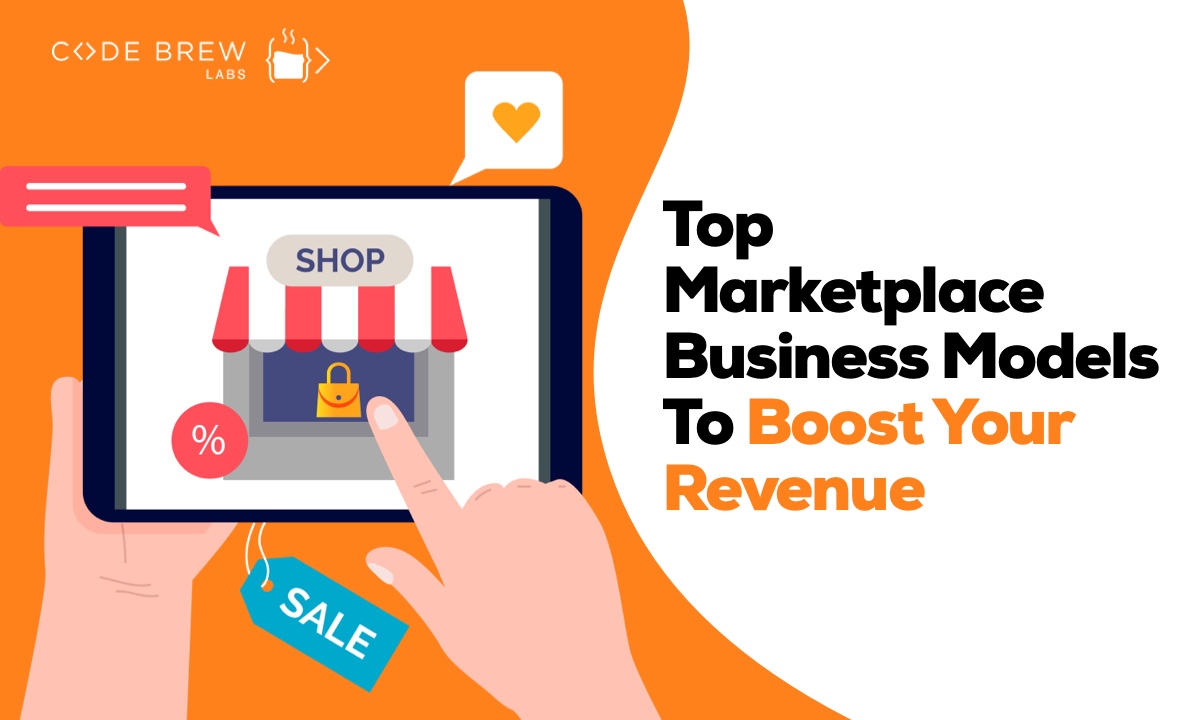
For any business, it is necessary to have the funding for its growth and maintenance. And this funding must come from the community that you serve, the users of your website. There comes a definite need for a perfect marketplace business model. Marketplace businesses are long-term initiatives. You need to find a revenue model that will finance its operations to build a sustainable and successful marketplace platform.
Table of Contents
One of the most prevalent reasons why startups fail is that they choose a business model that doesn’t ensure sustainability in the long run. We have below six distinct models that are most widely used by online marketplace companies around:
We will now go ahead and discuss them in detail.
“Freemium” – a combination of “free” and “premium” – has become the dominant business model among internet start-ups and developers of smartphone apps over the past decade. Although the Freemium model suggests that the core offering is free, you offer paid value-adding features after you get your users hooked. Let’s understand by example.
Olx, a Dutch-domiciled online marketplace, has built a C2C platform where individuals can sell and buy stuff from each other at no extra cost. For all users of the platform, the basic experience is free. By offering premium services, Olx has opted to monetize.
The commission model is a revenue model where a certain fee for each transaction is charged to a user. It is by far the most popular business model for modern online marketplaces. The marketplace charges a percentage or a fixed fee for its services when the customer pays the supplier. Either the seller or the buyer may be charged by the platform.
The best-known marketplace platforms use the commission model as their primary business models, such as Airbnb, Etsy, eBay, Fiverr, TaskRabbit, and Uber.
The premium business model is a revenue model where a recurring fee to access the marketplace is charged to either some or all of the users of a marketplace. The typical value proposition for providers is that the platform helps them find new clients with this model. If the value you provide is high, the membership fee is a good choice and a typical user will participate in several transactions.
Brand image is an important factor here. Examples of companies doing great with this model comprise C2C marketplaces (like OkCupid and Home Exchange) and B2C marketplaces (like LinkedIn and Netflix).
In the nominal fee model, sellers are charged for each offer on the platform that they upload. When posting new listings, some marketplaces charge a fee from these providers. This model is typically used when providers receive value based on the number of listings on the site they have, and the potential value per listing is large. Sellers profit from having more of them listed because resources are scarce.
In this category, perhaps the most well-known example is Craigslist. It’s a collection of local sites where people can post listings of anything they want. Generally, it is free to post a new listing to Craigslist (to reach critical user mass), but they charge a certain fee for listing in some categories. This is how they make the model work.
Pay per lead model is somewhere between the nominal fee model and the commission models. Your vendors will be able to browse the list of prospective customers or deals in this case but will need to pay to view the details or an individual deal.
You only pay when you are put in contact with a potential customer: Exactly what Thumbtack is doing right now. A B2C marketplace for all kinds of local professional services, thumbtack has been doing quite well with this model amassing 423.2 million dollar funding since its inception.
Sponsored listings bring more visibility to providers regarding their offerings. Listing on the site is typically free if this model is used, but providers can pay to have their listing featured on the site’s homepage or at the top of a certain category. It is relatively close to pure advertising models, where you show ads to your users.
To have their listing shown before others, a seller can opt-in to pay an additional fee; a model largely utilized by the food delivery giant Zomato. It lets restaurants and food vendors appear on their top search list but at a fixed price. For classified ad sites like Zillow, sponsored listings and advertisements are both popular revenue streams.
There’s no “one size fits all” strategy when it comes to deciding a perfect marketplace business model. There are many different business models used by modern marketplaces.
It might be a good idea to try out various business models to find the best option that suits your business concept. In the beginning, to prevent sidetracking your focus, you should have only one revenue stream in use at a time. Want help in doing so? Code Brew is more than happy to do that for you. Get In Touch with our level of expertise and realize our ways of brewing success for our clients.
